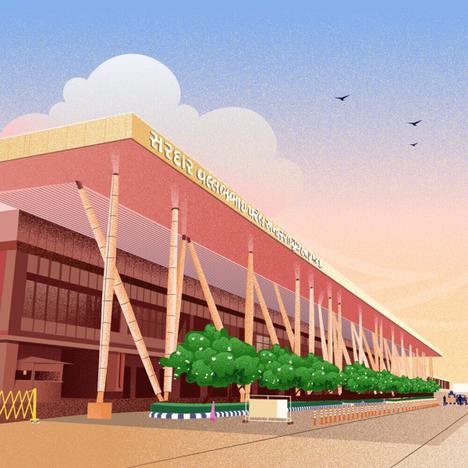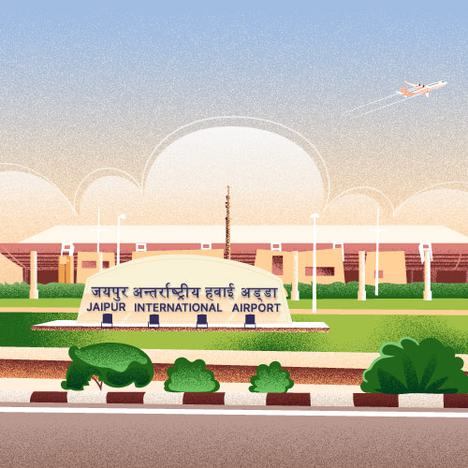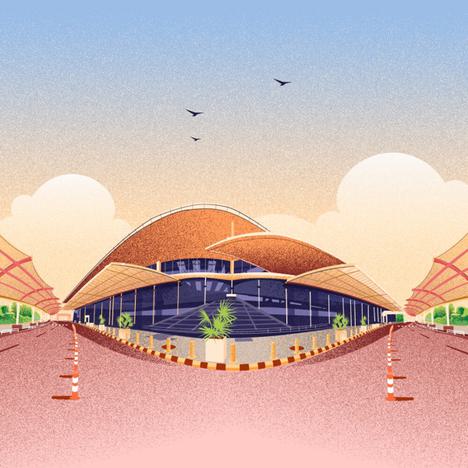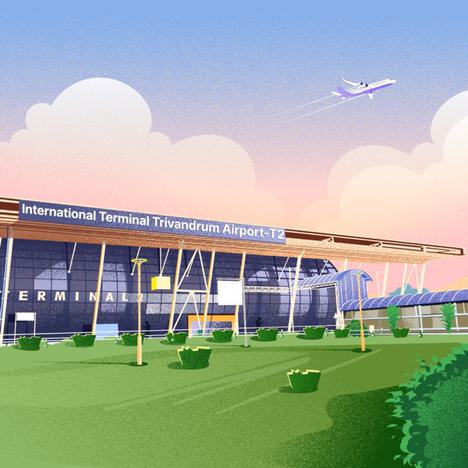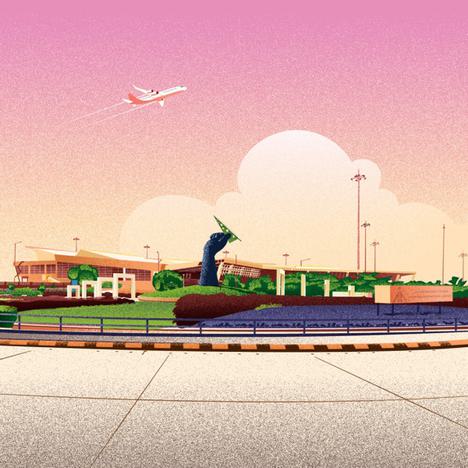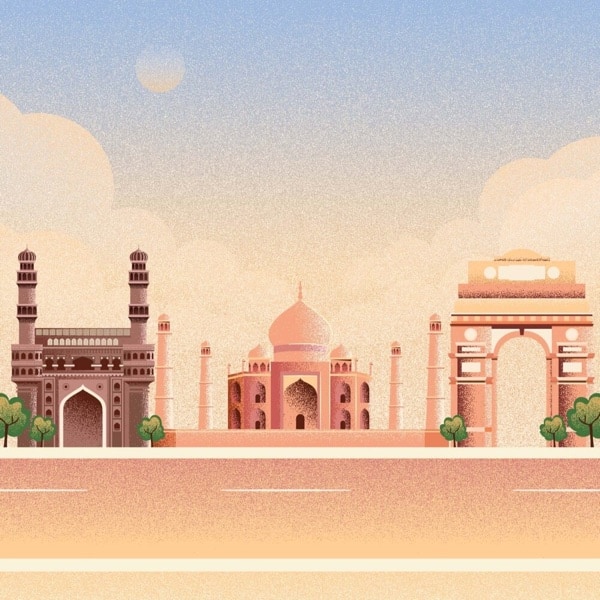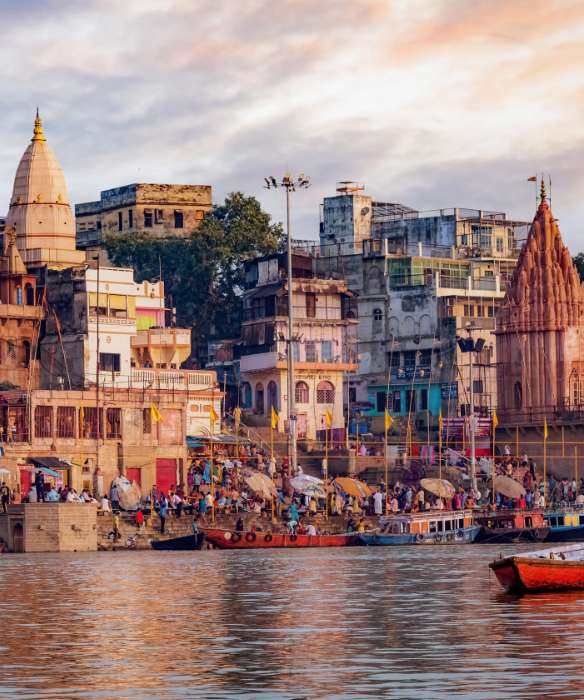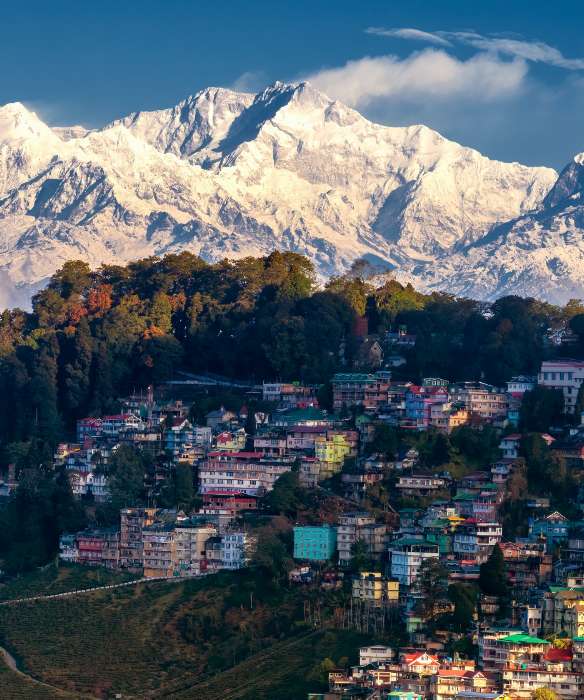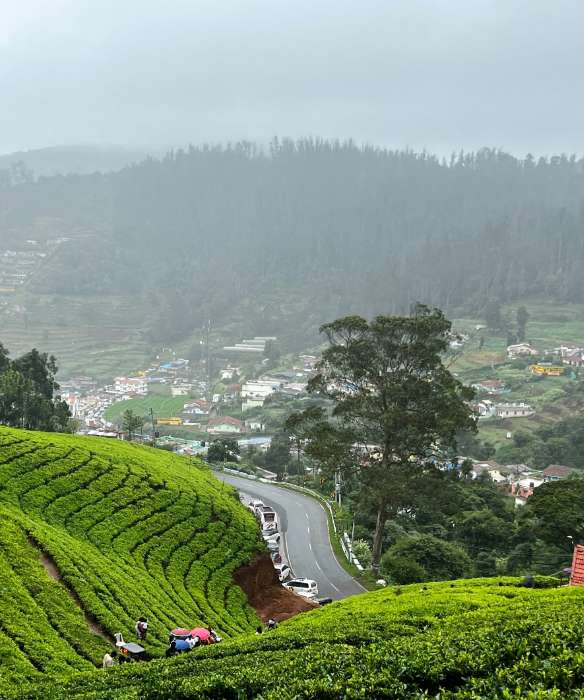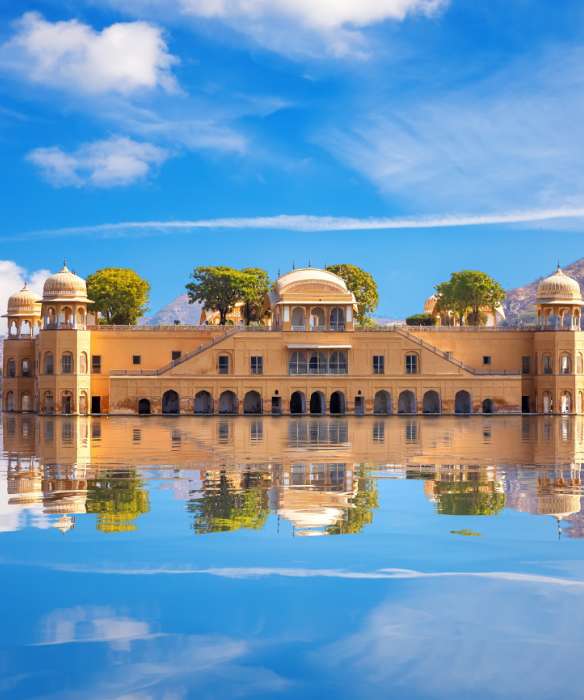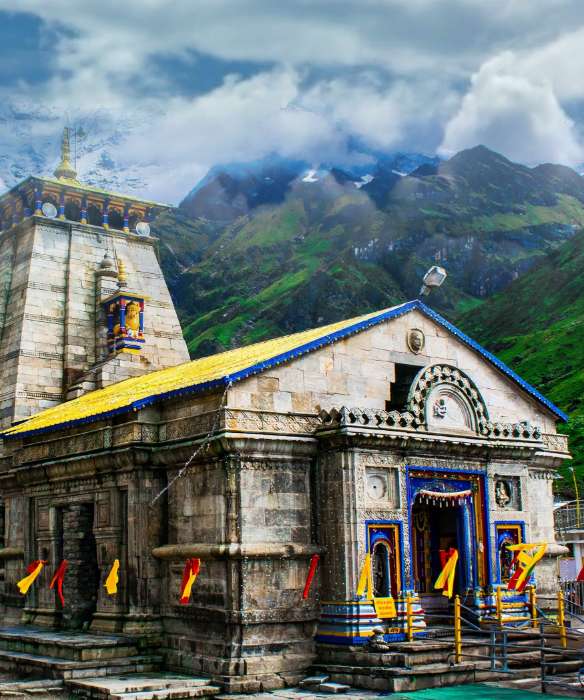About China
China, covering the entire east Asia and encompassing everything from the concrete canyons of Beijing or Shanghai to the fantastical landforms of Zhangjiajie, is tailored to suit every taste. This country is one of the oldest countries in the world with an impressive cultural heritage. In China, tourism, culture, and old traditions blend well with modern culture, thereby interrelating the two in a harmonious manner.
China presents a variety of climates. The ideal climate prevailing in various locations makes the spring season—April to May—as well as the autumn season—September to October—the most suitable for tourism. Even if you’re hiking the Great Wall on a bright spring day or admiring the colours of autumn, these seasons are ideal because of their pleasant weather and colourful scenery.
When walking through China, you will feel the traditions surrounding you. Every province has its own cultural narrative complete with local festivities, food, and paintings; Beijing has a historic feel to it while Shanghai’s skyline looks futuristic, and Xi’an tells the story of emperors through its Terracotta Army.
The Great Wall runs through the northern parts of China, and this is where hikers can embark on real adventures, commuting through ancient civilisations. Imposing gates of the ancient chariot of power—'The Forbidden City'—in Beijing symbolises the country’s imperialist past, while the developing skyline of Shanghai reflects the growing giant of this nation.
Besides the cities, China offers wonderful geographical features that are particularly attractive to adventure lovers. Sail through and see the Three Gorges; take a trek through Zhangjiajie National Forest Park; and wonder at the sights that were used in the movie Avatar.
Chinese food does not require any form of introduction; however, getting a taste of the food right from China is a completely different ball game. Taste Peking duck in Beijing, where it was invented, or savour Sichuan hot pot in Chendgu, where it originated from.
Postmodern art has adopted new dimensions and accumulated a fan base through Beijing’s 798 Art Zone and M50 of Shanghai. These communities not only feature experimental art but also illustrate China’s progression in the increasing sophistication of the integration of classic art and modern technology.
